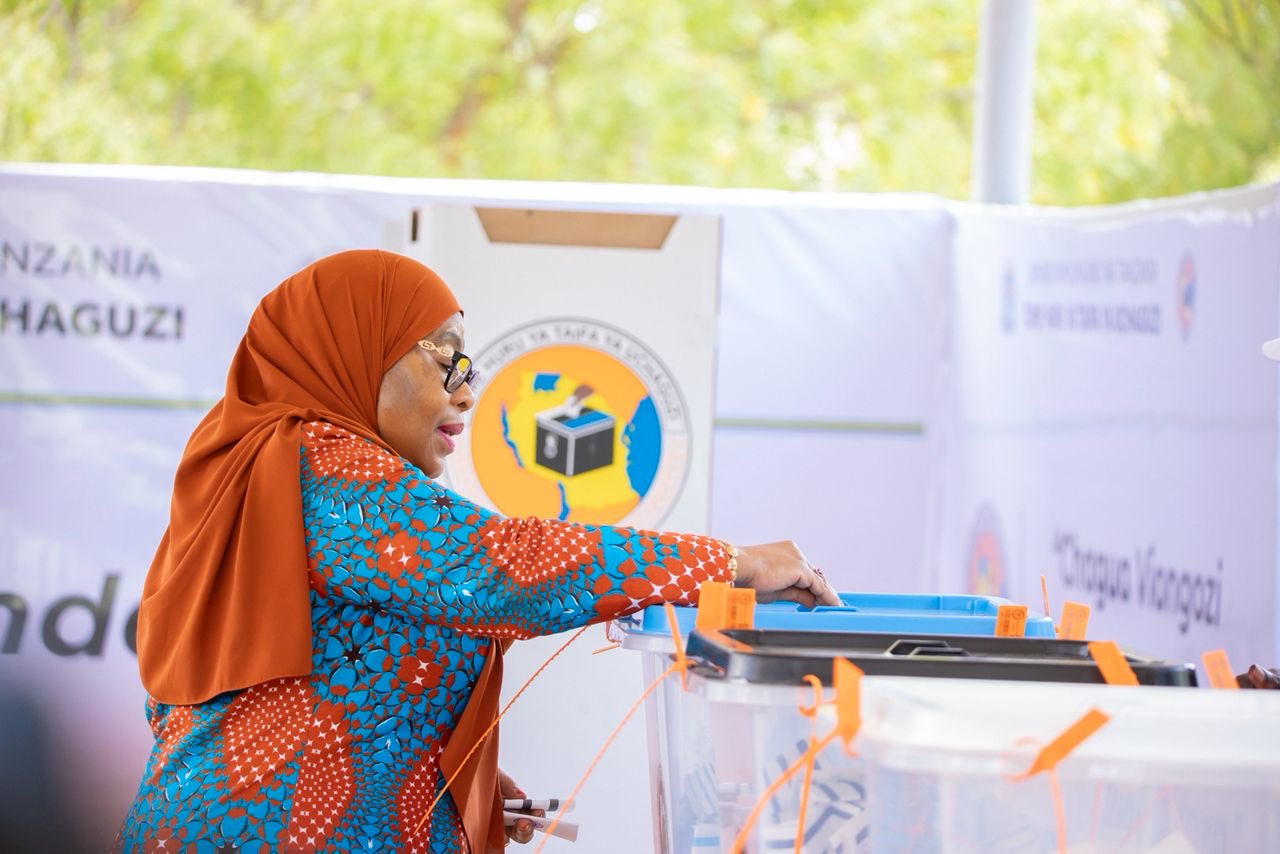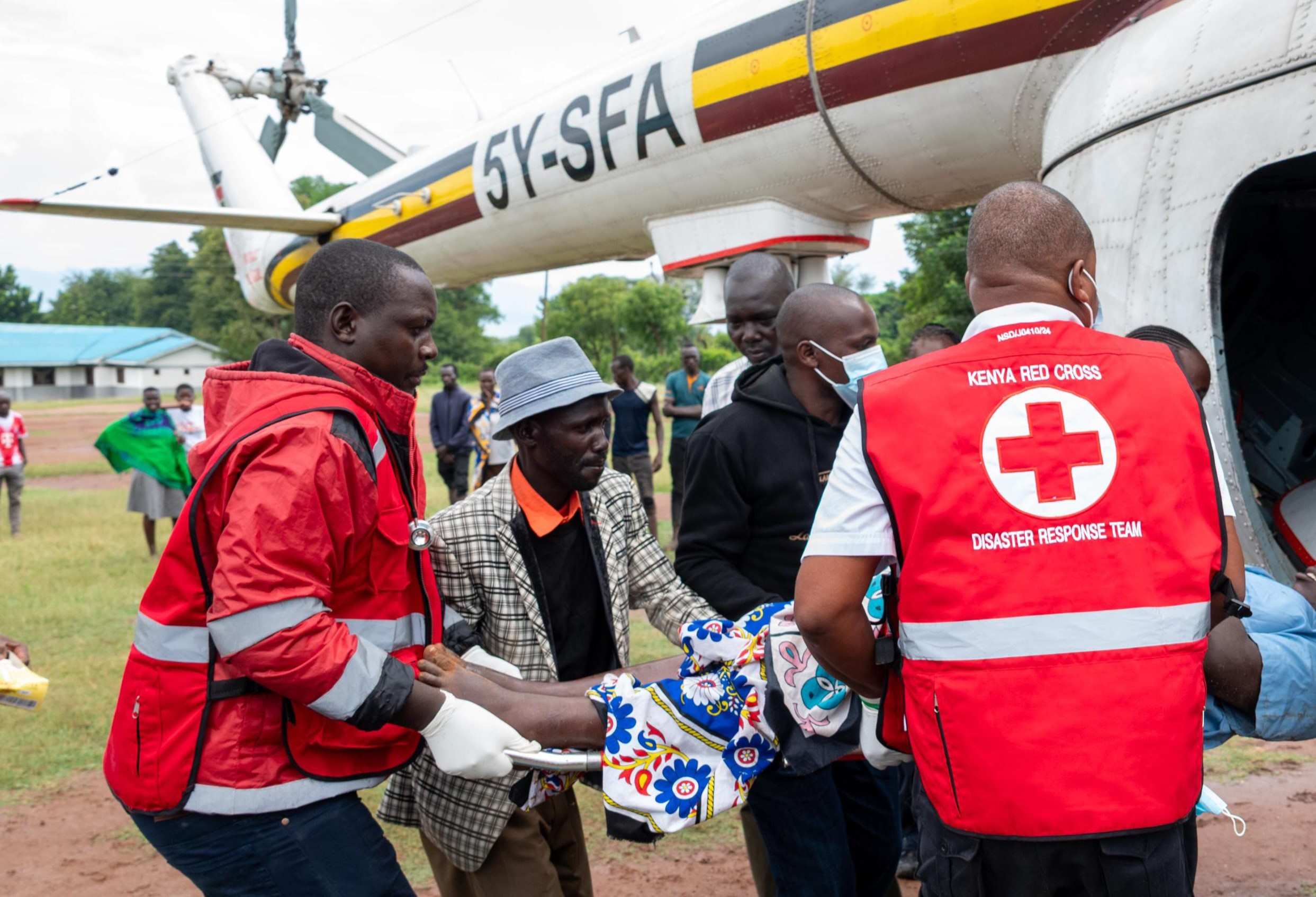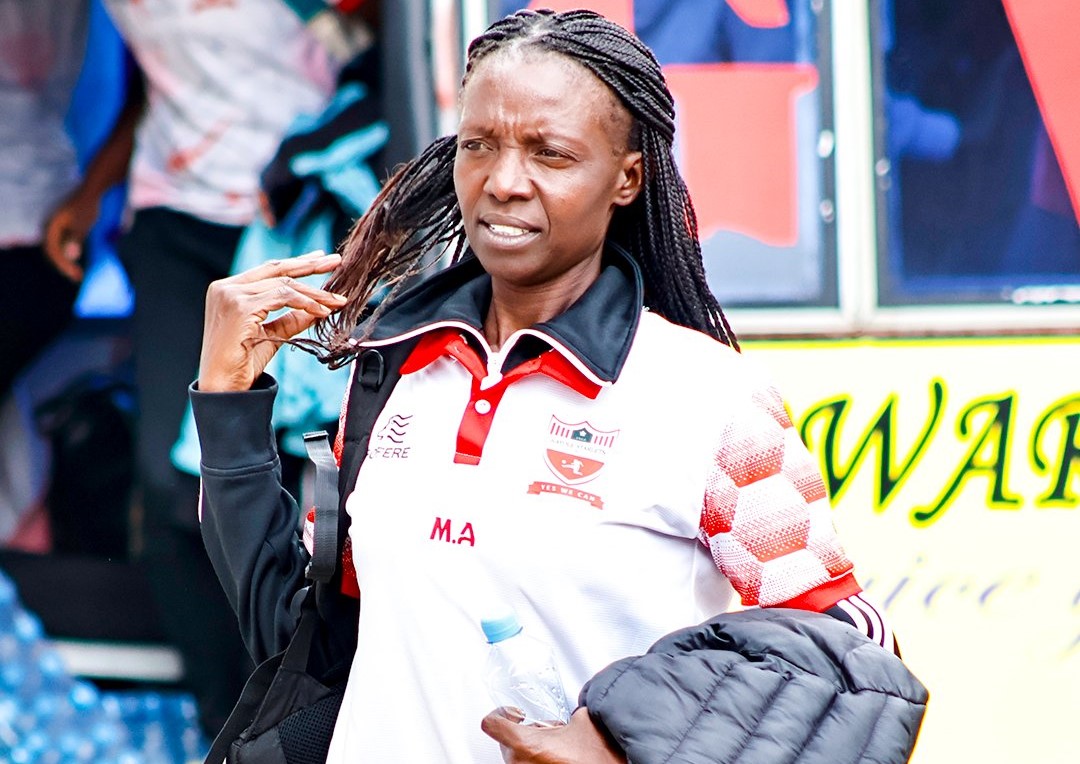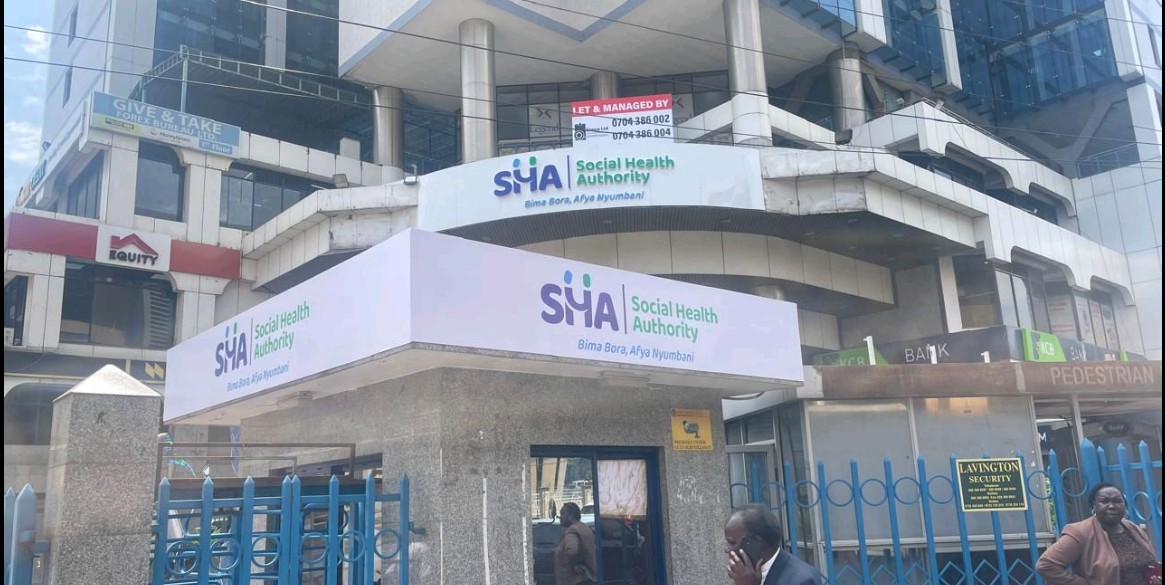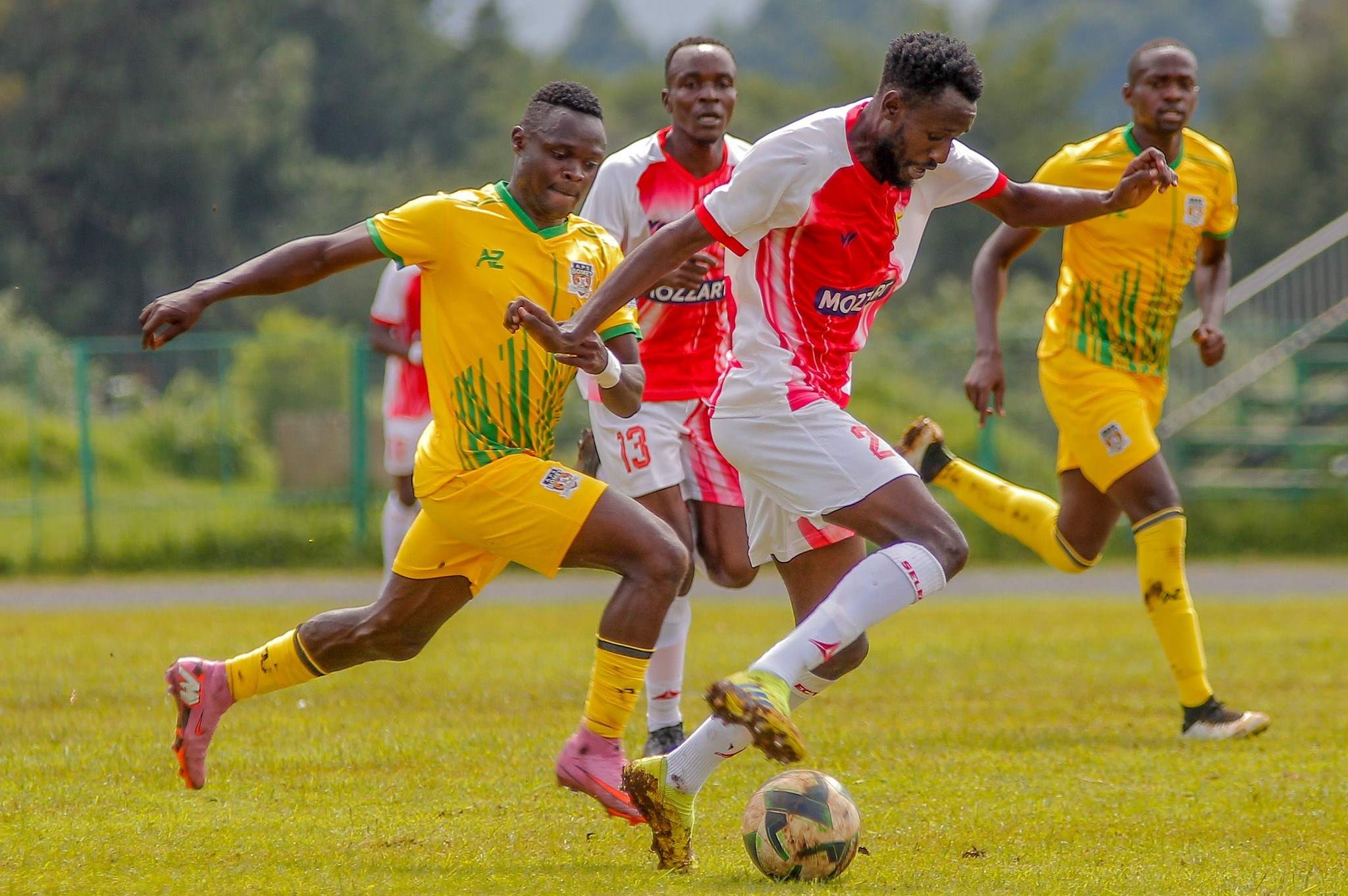Report shows boys’ schools better equipped than girls', affecting performance
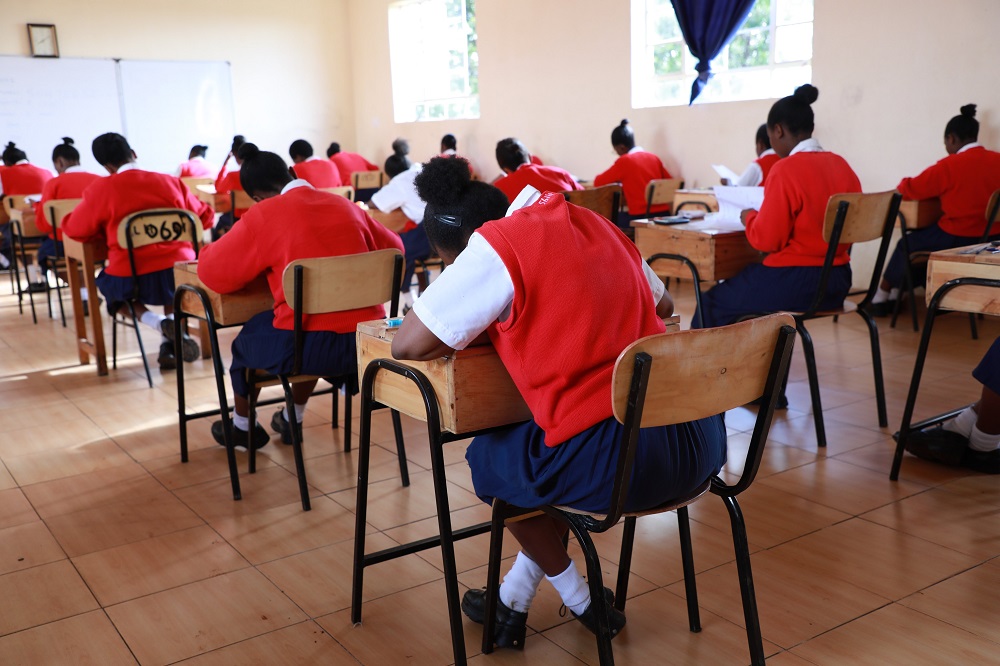
The report also identified that boys' schools have superior ICT resources compared to girls' schools.
A new report by Usawa Agenda has revealed that boys' schools are better equipped than girls' schools in Kenya, particularly in STEM-related facilities like laboratories and ICT resources.
According to the assessment, 61.5 per cent of boys' schools have chemistry labs, compared to 42 per cent of girls' schools and 20.6 per cent of mixed schools.
Similarly, 51.3 per cent of boys' schools are equipped with biology labs, whereas only 35.7 per cent of girls' schools and 12.3 per cent of mixed schools have these facilities.
The report, based on a survey of 1,342 secondary schools and 39,298 students aged 6 to 15, also highlights financial disparities. It found that 4.7 per cent of students in boys' schools received over Sh30,000 in scholarships, compared to 3.7 per cent in girls' schools.
Speaking at the launch of the report, Senator Pesi Peris Tobiko, Vice Chairperson of the Senate Education Committee, called for equal opportunities in education.
“We must allow and create an opportunity where both boys and girls pursue subjects traditionally associated with one gender, like STEM subjects,” she said.
Dr Purity Ngina, CEO of the National Gender & Equality Commission, called for systemic change.
“The statistics should make Kenyans angry. It seems the system is designed to disadvantage girls, particularly in providing essential facilities for STEM education,” she said.
Executive Director of Usawa Agenda Emmanuel Manyasa also commented on the disparities, noting that boys consistently outperform girls at the secondary level despite girls excelling in primary school.
“Boys outperform girls at the secondary level despite girls excelling in primary school. Evidence points to a differential investment in girls’ and boys’ schools in favour of boys’ schools at higher levels, which could explain the achievement gaps,” he said.
The report also identified that boys' schools have superior ICT resources compared to girls' schools.
Additionally, teenage pregnancy remains a significant barrier to girls' education, with 19,230 reported cases in the year preceding the study.
The Rift Valley region reported the highest rate at 35.8 per cent, while North Eastern had the lowest at 0.07 per cent. Only 42.5 per cent of pregnant girls returned to school after delivery.
Top Stories Today
Reader Comments
Trending

